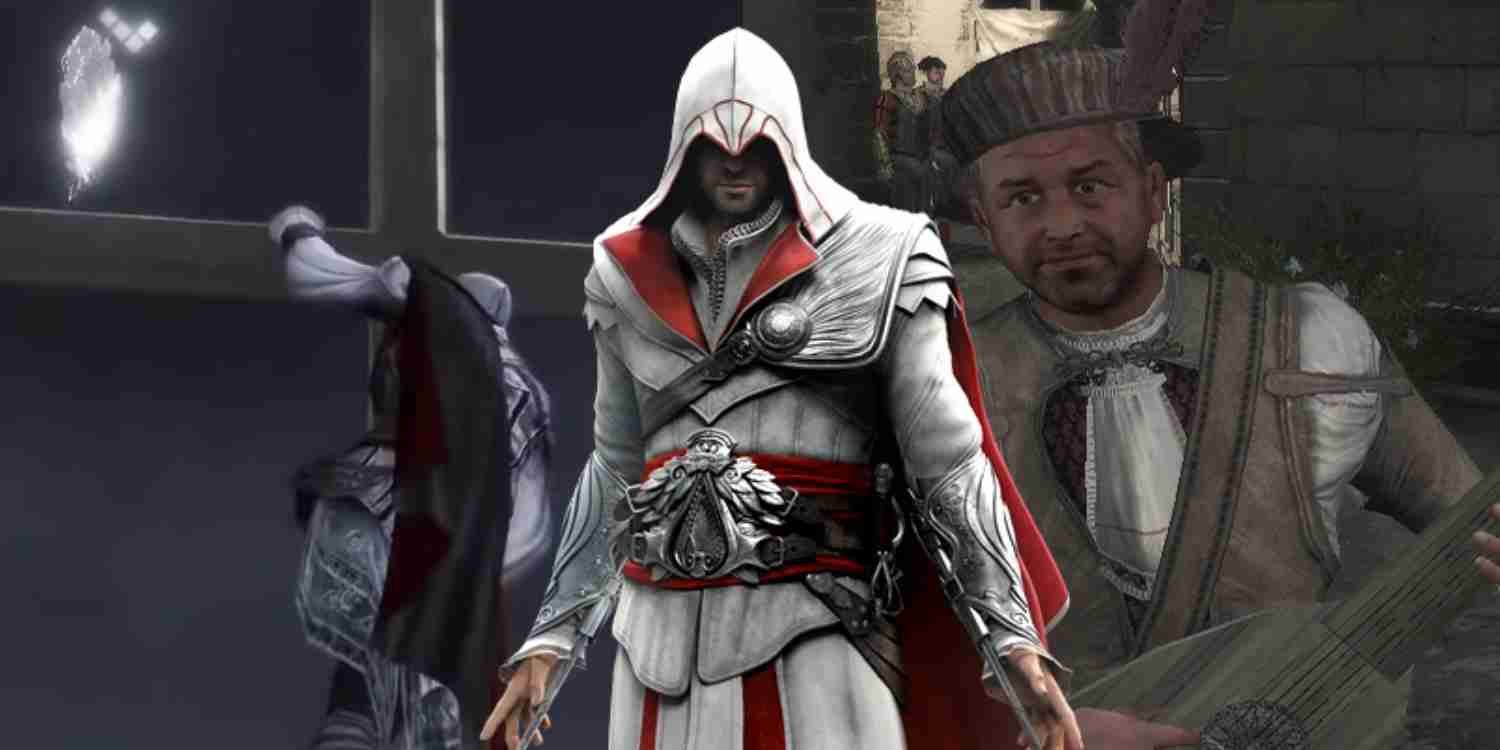Assassin's Creed: Valhalla recently received its final update, seeing the war between the assassins and the templars expand to the open ocean amid Middle Ages Europe. This isn't the end for the Assassin's Creed franchise, though, with Assassin's Creed: Red and Assassin's Creed: Mirage on the way. While waiting, devotees may be tempted to return to a simpler past. But nostalgia often makes the past rosier in hindsight than is truly is.
Assassin's Creed II is still seen by many as the absolute peak of the franchise. A lot of the iconic elements of the series began here in Ezio's saga. However, while no sequel has been as critically beloved as the second installment, it's showing signs of age. Players may not like what they find if they revisit the game today.
The Game Starts Too Slowly
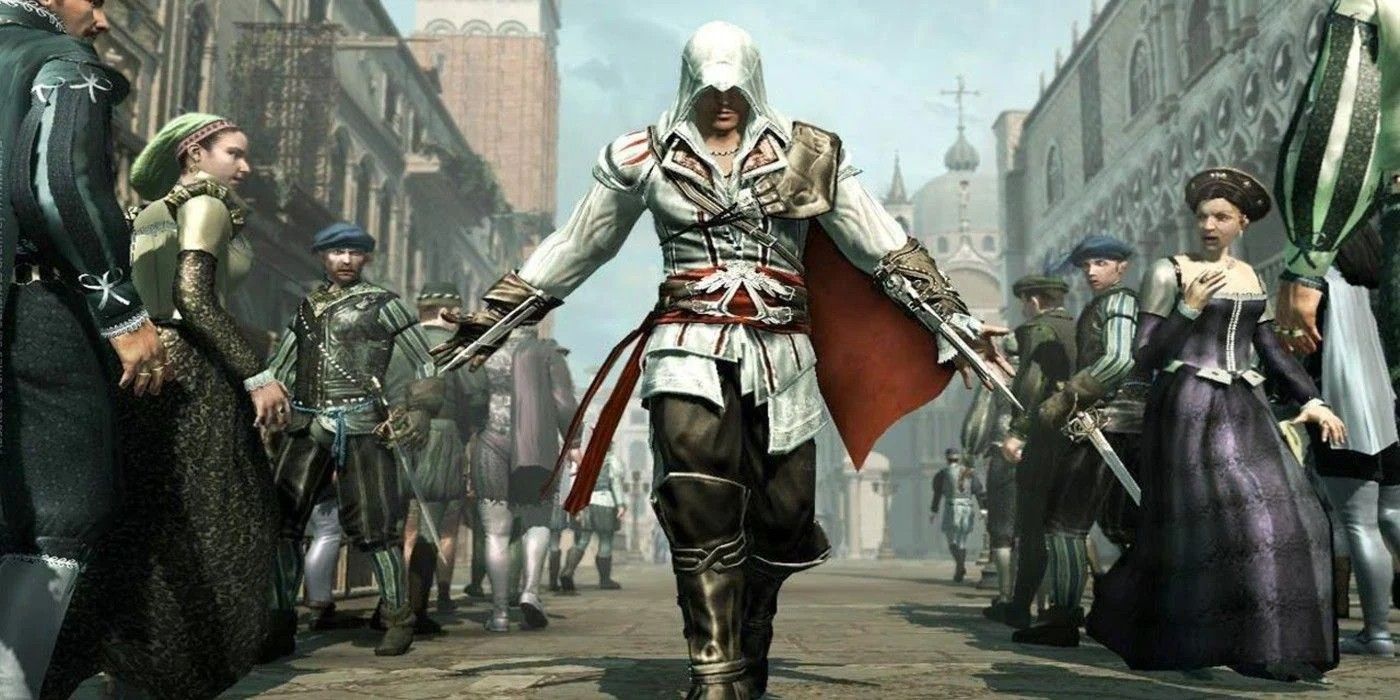
While it’s not as bad as the first game, Assassin’s Creed II does have a slow start. The first hour of gameplay is mainly fetch quests and tone setting. While this is important on a first playthrough, it makes replays tougher.
This is also excluding cutscenes and the future segments with Miles. Future games in the series would cut the fat and let players get into the historical tourism quicker. In this game, however, the overarching plot needs to get going before players are let loose.
Crowd Merging Is Awkward
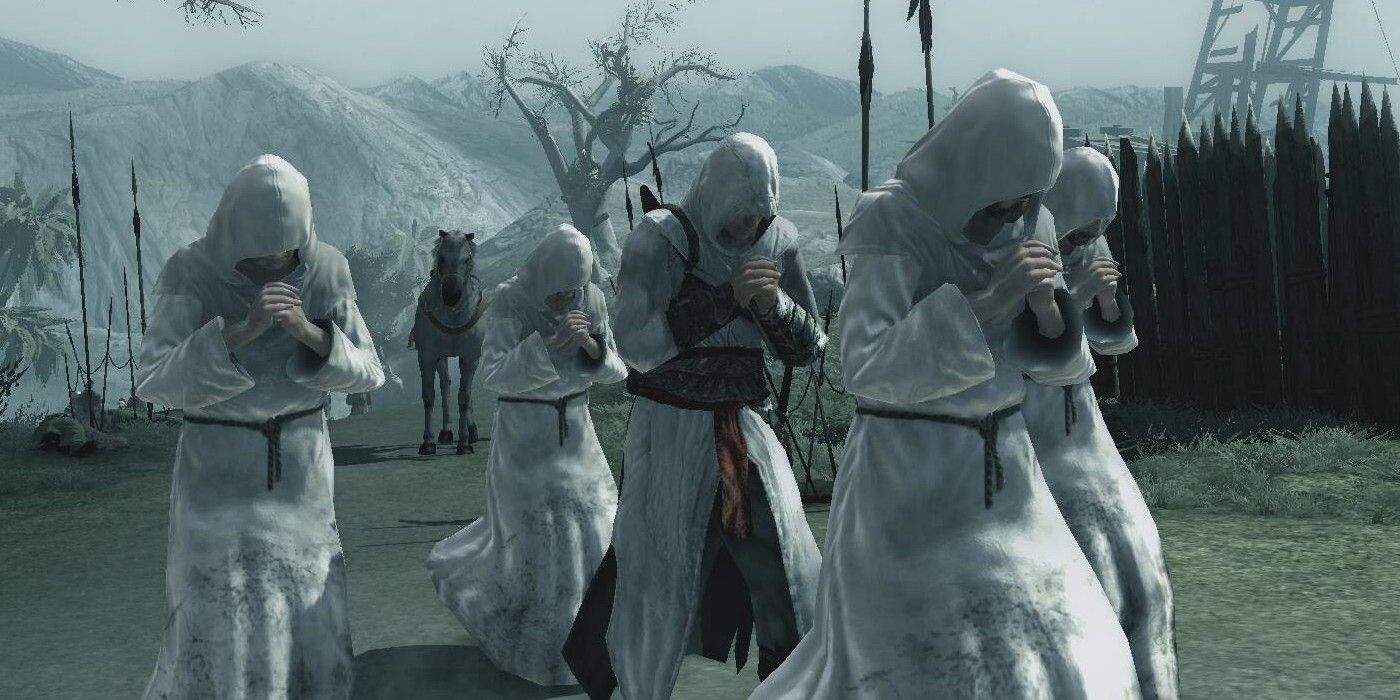
Blending in with the crowd was one of the central mechanics of the first Assassin’s Creed game. As such, it reappeared in the sequel. However, it was still pretty awkward to use. Future titles would make it easier to use or drop the mechanic entirely.
The main reason the crowd blending mechanic is that different crowds move at different speeds. While future games in the Ezio Saga would automatically match speeds with the crowds, it was not the case in 2. This made it easy for the player to fail to blend in, and make its reliability as a stealth option limited.
Combat Is Too Simple
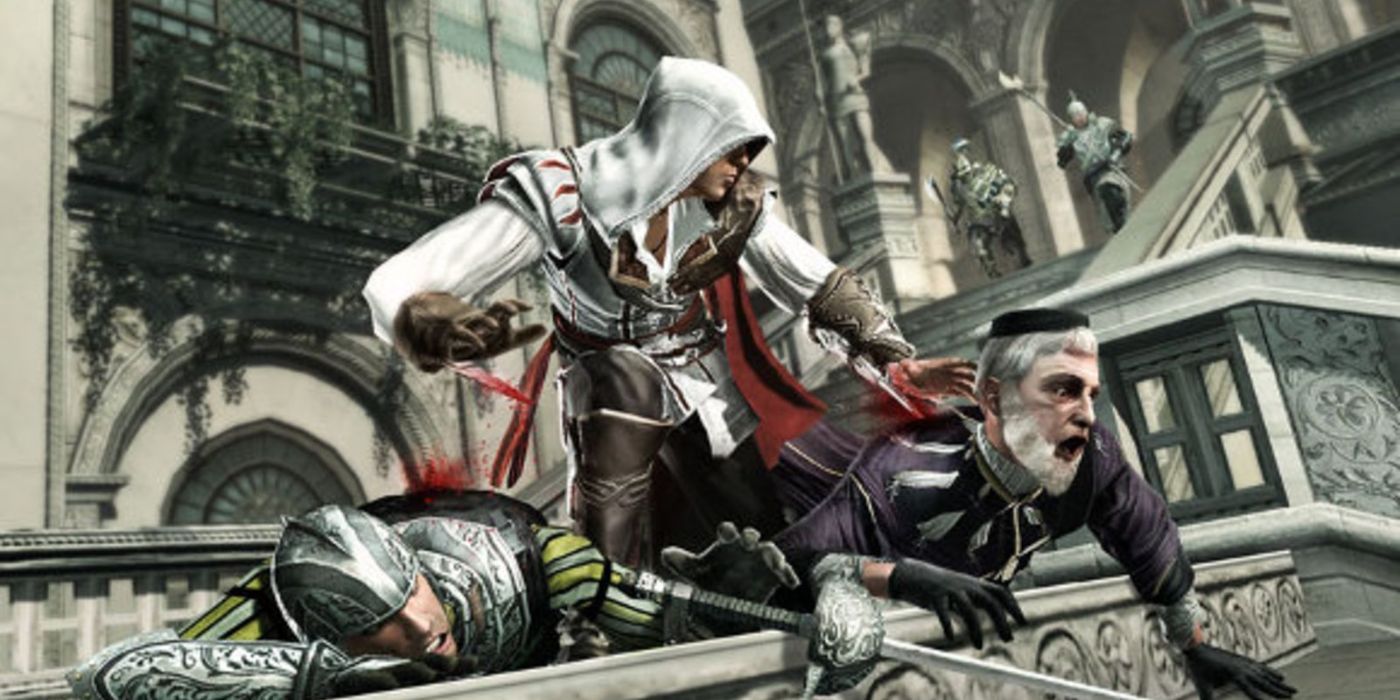
Future games in the Assassin’s Creed series would provide a lot of different methods of combat. There are tons of equipable weapons and skills with different effects and cooldowns. Assassinations can be done in a variety of different ways as well. While one would think more options equals easier combat, it actually meant more complexity.
In contrast, Ezio can just stab people, and it works most of the time. While missions and combat situations can be open-ended, they’re usually quick and efficient. In contrast, combat in later games can be more grueling. Taking out a foe quickly with a concealed blade is simply easier than an elaborate sword fight.
The Minstrels Are Annoying
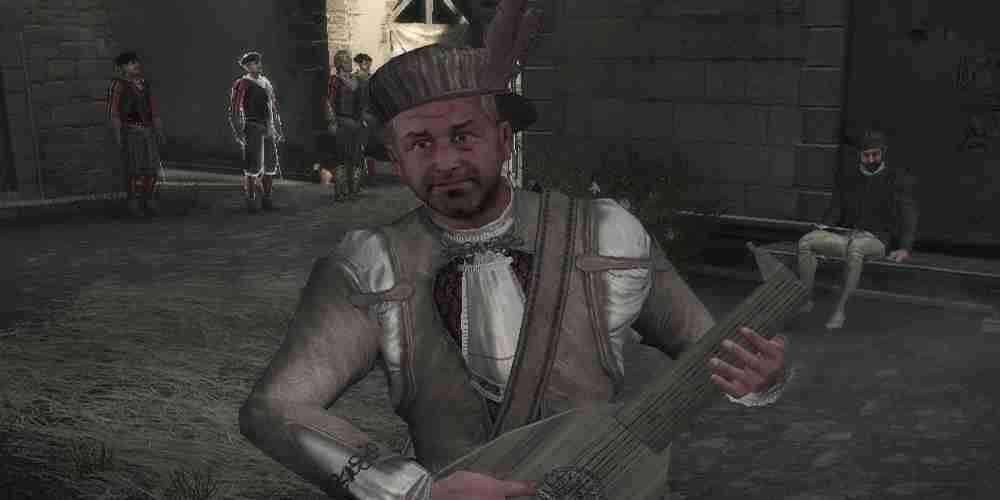
Amongst the crowds of people occupying Assassin’s Creed II are the minstrels. In certain areas of the map they’re more common, but they can be found almost anywhere. They approach the player and follow them around while singing a song.
This would already be annoying enough on its own; the minstrels are usually terrible singers. Not only that, but it’s easy to bump into them while merging into crowds. They also tend to swarm Ezio, with multiple Minstrels singing at a time. This can be annoying on replays, but at least the game lets the player punch them.
Ezio's Iconic Armor Isn't In The Game
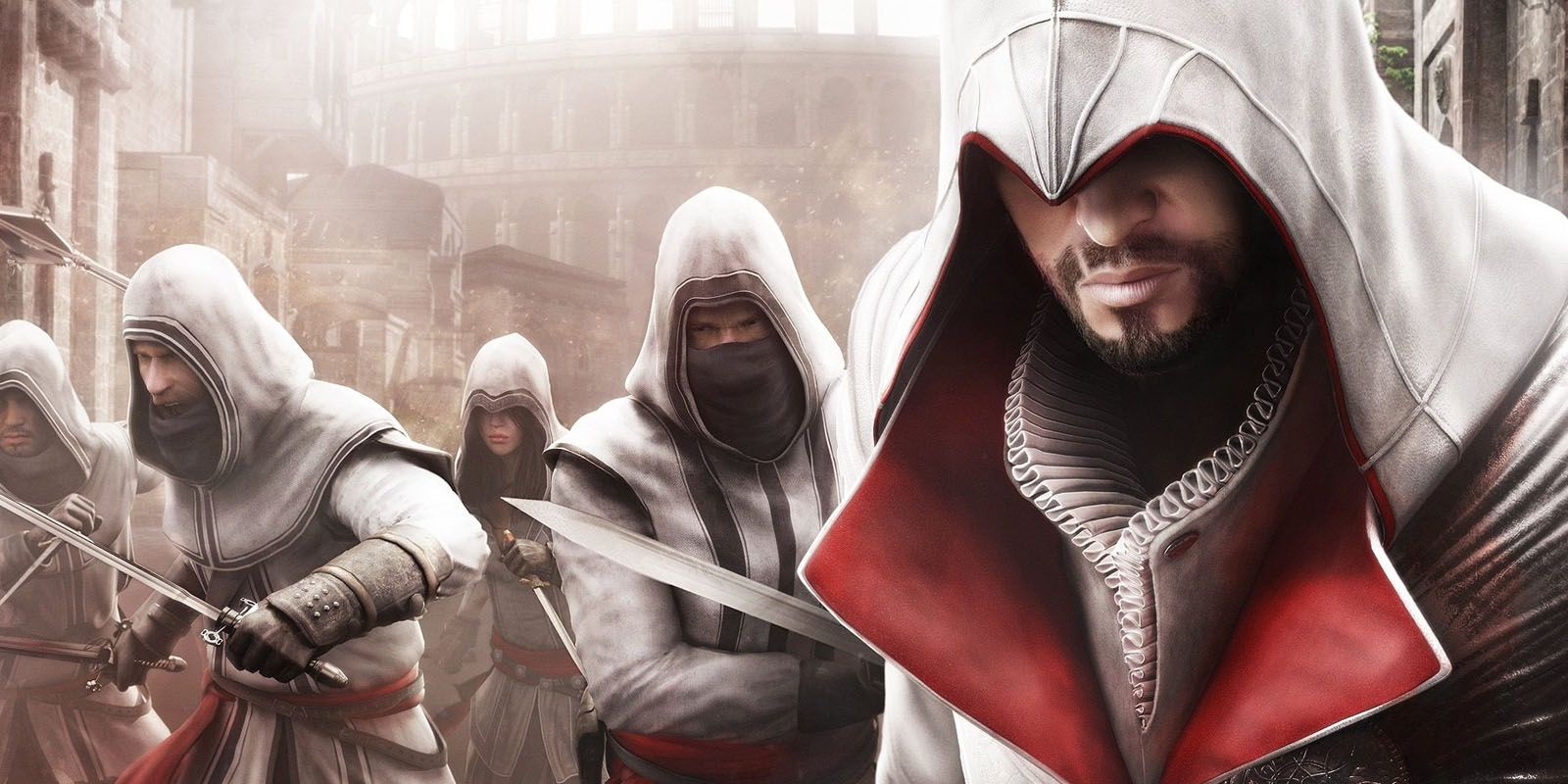
There is a phenomenon called “iconic sequel element,” where a part of a sequel becomes a defining aspect of a franchise. This makes revisiting the earlier installments awkward because they don’t contain that element. This applies to Ezio himself, being the most popular assassin in the franchise, yet debuting in the sequel. It also applies to Ezio’s armor and abilities, which don’t appear in his debut game.
Given that Ezio had a whole trilogy of adventures, there are a lot of things from his later adventures that he just doesn’t have in the second one. Assassin’s Creed Brotherhood changed Ezio to perhaps his most famous appearance, with his armored assassin’s garb. Several of his abilities from later games, like wielding cannons and riding horses, are not available here.
Climbing Is Too Slow
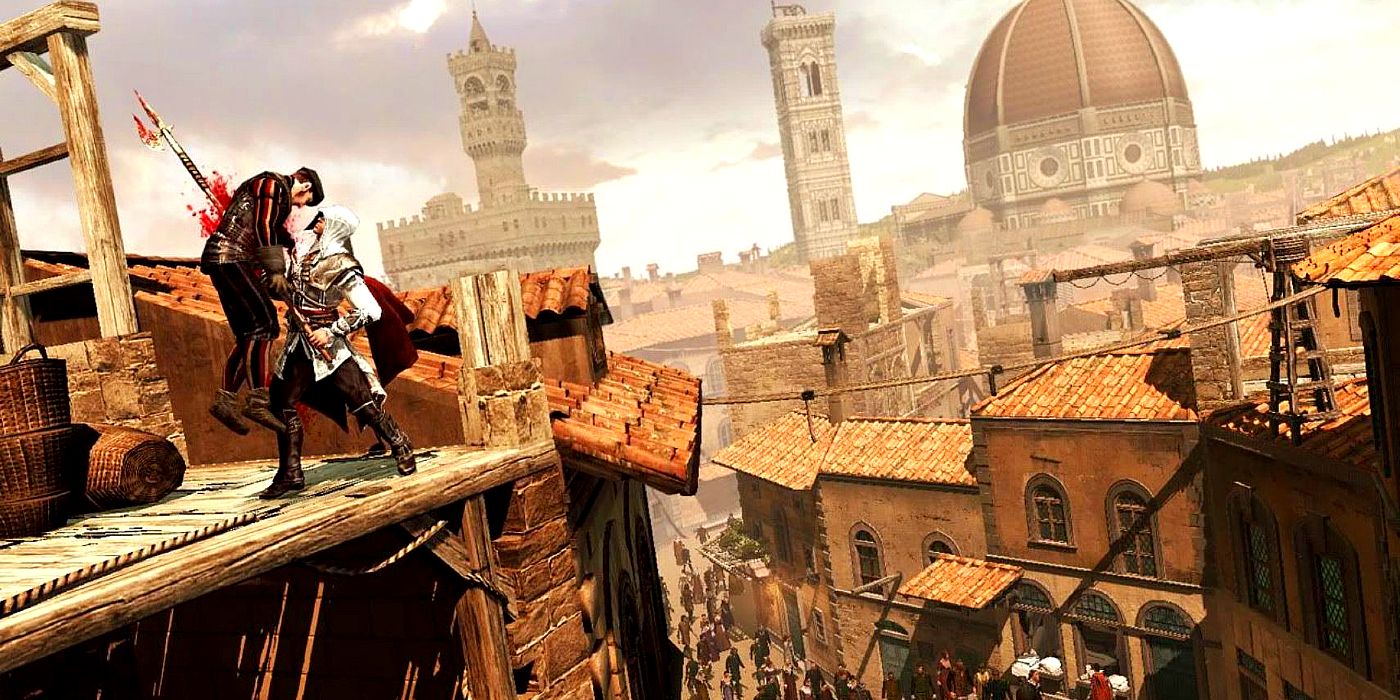
Parkour is a large part of the Assassin’s Creed series. While it was accessible in the first game, 2 really brought it to a new extent. There were giant Venetian and Florentine buildings to climb with unbelievable architectural death. It took so much longer to climb these than the buildings from the first or even some from later titles.
Of course, the reason for the latter is climbing was streamlined in later games. Even in titles with fewer verticals, such as in Assassin’s Creed Odyssey, it's very easy to accidentally begin climbing. It can make returning to the game after playing later entries patience-testing, as they make climbing much easier than this game.
The "Honorable Thief" Mission Is A Nightmare
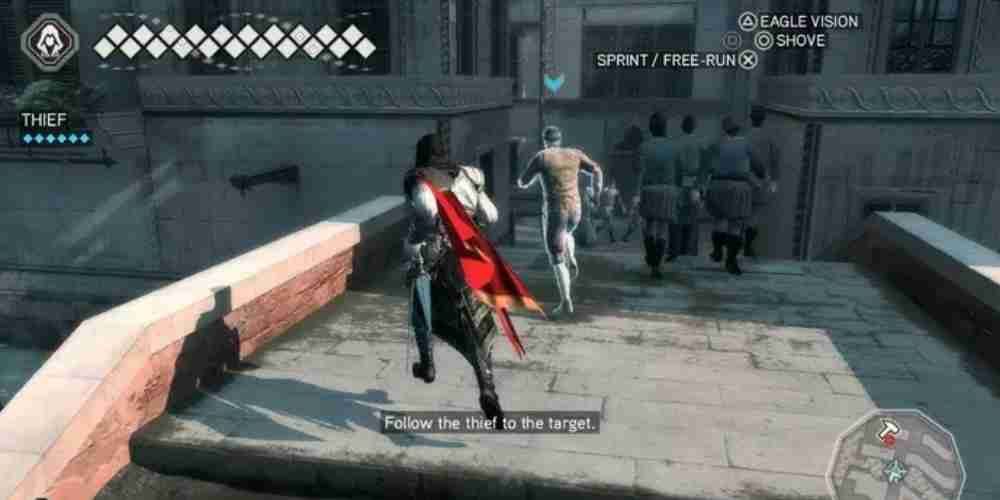
There are a lot of difficult levels in this title, like “Town Crier” and “Port Authority.” These missions have their upsides, though. The same cannot be said for “Honorable Thief” which absolutely ruins it’s neat concept with a frustrating level layout.
The level sees Ezio follow a thief to the location of his target. While this initially sounds neat, the thief’s pathing is terrible, and he’s frequently accosted by enemies. If he gets knocked off a roof once the mission is failed, Ezio needs to clear roofs before he gets to them (which is hard because the game doesn’t tell the player where the thief is going). This is one of the most dreaded missions on replays of the game.
Collecting Feathers Is Tedious
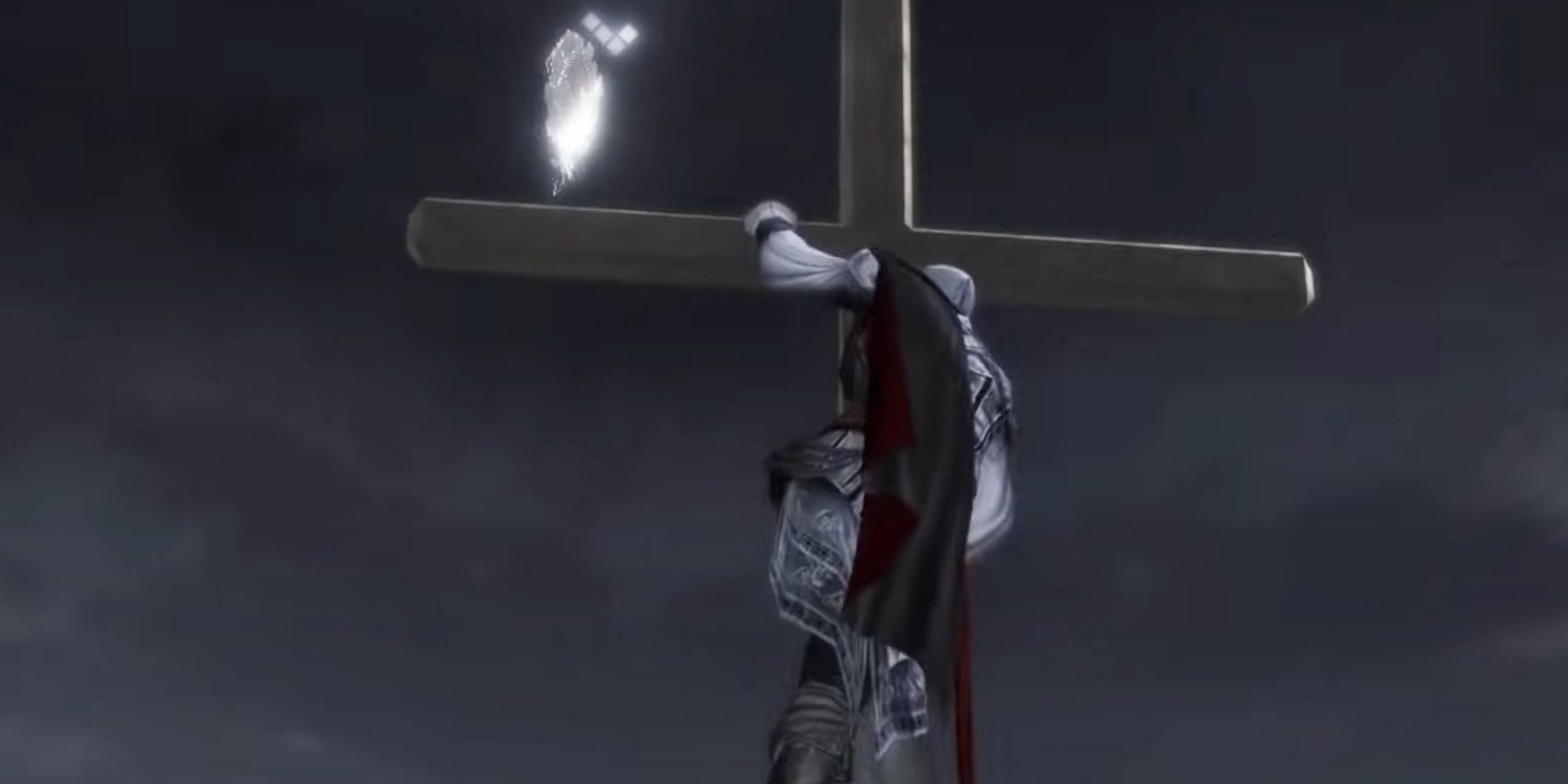
Tougher than any battle is collecting all the collectibles. Later games would continue the tradition of littering the map with collectible trinkets. Still, for most fans nothing will be more grueling than the feather hunt.
The early parts of the game structure spin looking for all the feathers as being emotionally important. That being said, all Ezio gets out of it is a minor aesthetic change. The feathers are a pain to get as well, with there being one hundred of them. On repeat playthroughs, the feather quest can feel a little arbitrary and pointless.
Lucy Stillman's Story Is Hard To Play Through
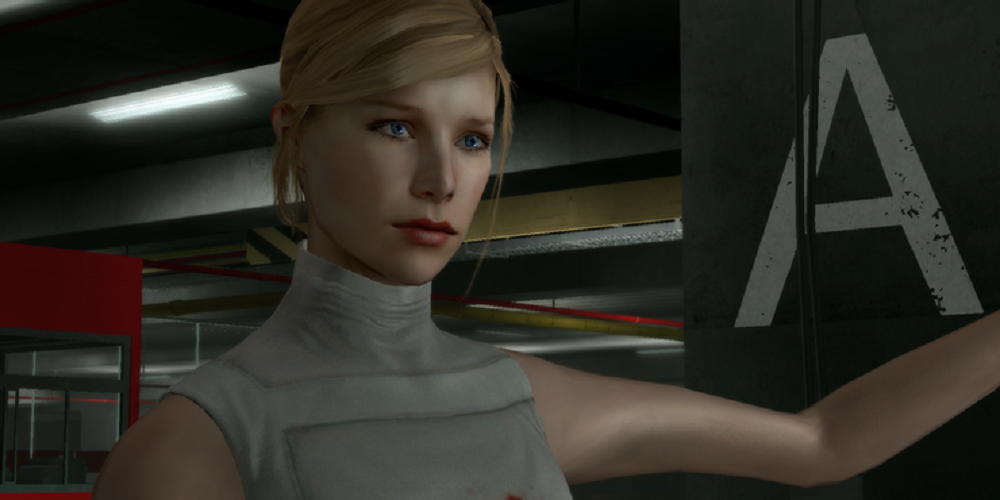
When Assassin’s Creed II launched, the story was a big focus. The interplay between the past and present segments was largely improved upon from the first game. This chemistry between protagonist Desmond and deuteragonist Lucy Stillman was great to behold. That makes watching them with the knowledge she turns out to be a mole frustrating.
Whether this was the plan from the beginning is suspect, but Kristen Bell’s iconic character ultimately becomes a villain. This makes this game’s present story beats hard to watch with hindsight. It’s perhaps best that the player just skip through them when they have a chance.
The Final Boss Is Disappointing
.jpg)
Rodrigo Borgia’s historical legacy is that of becoming a byword for the idea of Papal corruption. While the real historical man probably wasn’t that nasty, he was certainly a famous historical villain worthy of being the final boss. After all, he’s a corrupt politician who ascended to the throne of Pope. Fighting him in the middle of a Church using the powers of a God is bound to be exciting, right?
It turns out that most gamers find him to be a meh finale to a nine out of ten experience. He and Ezio both having Pieces of Eden to use in the fight is neat but doesn’t translate to much mechanical death. If the player is able to get in close the fight basically becomes a series of melee attacks until he dies. This leaves any replays of the game with a sense of anti-climax, but whether that’s a dealbreaker is up to the player.
Source:gamerant.com
